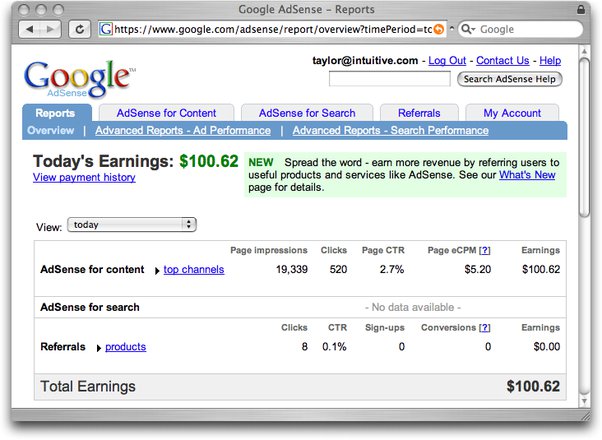
How to Earn Money Through Freelancing
Freelancing can be a great way to make money. However, it can also be difficult to get started. This article will help you get started with freelance work by providing tips on how to find clients, set prices, and build a portfolio.
The key to successful freelancing is specialization and pitching. Potential clients are more likely to take you seriously if you come across as a legitimate business.
1. Find a niche
The first step to making money through freelance work is finding a niche. A niche is a specific area of expertise that allows you to stand out from competitors and earn higher project rates. It also helps you avoid spending time on projects that don’t pay well or leave you feeling unfulfilled.
When choosing a freelance niche, it’s important to consider your skills and interests. For example, if you have a background in marketing, you may want to focus on content marketing or copywriting projects. Similarly, if you have experience with online courses or health supplements, you can choose to specialize in those areas.
After you’ve identified a potential freelance niche, take the time to research the market and develop your portfolio. Ideally, you should try to focus on a niche that can be turned into a monthly recurring service. This can help you increase your earnings and provide stability to your business. For example, if you’re a developer with expertise in both Shopify and WordPress, you can offer monthly support services for clients who need it.
2. Network
Whether you’re already in a freelance position or considering leaving your full-time job to pursue freelancing, growing your network can help you find clients and grow your business. It’s important to take a proactive approach to networking by researching the industry you want to freelance in and attending as many events as possible.
Networking is a process of building relationships and trust. People won’t hire or refer you to clients unless they trust you. Focus on being a giver (sharing your knowledge, expertise and connections without expecting anything in return) and you’ll build strong, lasting relationships.
Networking events are the best way to meet potential clients, but you can also network online. Look for freelance marketplaces like Upwork or Guru that allow you to search for clients and connect with them directly. Be sure to read past client reviews before engaging in any work with a new contact; this will show you that they’re a reputable professional with the skills and experience needed for your project. You can also network with existing connections, like family and friends, who may have a skill that could help your freelance career.
3. Create a website
Freelancing offers many benefits, including flexibility and a good work-life balance. It’s also a great way to build your portfolio and gain experience. However, there are a few things you need to keep in mind before you start freelance work.
One of the most important steps is to create a website. A well-designed site can help you stand out from the competition and attract more clients. You can choose to create a website yourself using a web-based tool, or you can hire a professional freelancer to do it for you.
In addition to a website, you will need a business plan and a strategy for getting clients. You should also prepare for slow periods, which will happen in every business. However, if you are patient and persistent, you can turn your freelance career into a full-time job.
4. Create a portfolio
As a freelancer, your portfolio is the key to landing new clients. It’s a way to showcase your skills and expertise, and most clients say that the quality of your portfolio is more important than price when choosing a freelancer.
When building your portfolio, focus on the projects that best represent you as a professional in your industry. If you’re just getting started, that may mean including personal projects, like designing a logo or website for yourself, or writing pieces that were published online with a byline (like articles for a blog).
Also consider adding work from your education and internships to your portfolio if possible. This can help fill out a thin-looking portfolio and show that you’re invested in learning and growing your expertise. It’s also important to keep your portfolio up-to-date. A great strategy is to regularly add new pieces, removing older ones when they no longer fit your style or are no longer relevant.
5. Pitch to clients
Once you’ve built a portfolio, it’s time to pitch your services. The key to a successful pitch is to make it personal and unique. Show that you’ve taken the time to research their business and understand what they are trying to accomplish with their project. This will help them see that you are truly interested in their project and not just making a quick buck.
Remember that your sales pitch is a chance to prove that you are the right person for their job. Ensure that your pitch lands in the hands of a decision maker with the authority to hire freelancers and the ability to accept or reject proposals.
Focus on their pain points and how your work will address them. Keep the pitch short and concise — most businesses don’t have the time or patience to read a lengthy email. And don’t forget to include a link to your portfolio to give them a visual of what you’ve done in the past. And don’t be afraid to let them know if you have any fun hobbies or passions — this can really put a face to your name and help you stand out from the competition.


